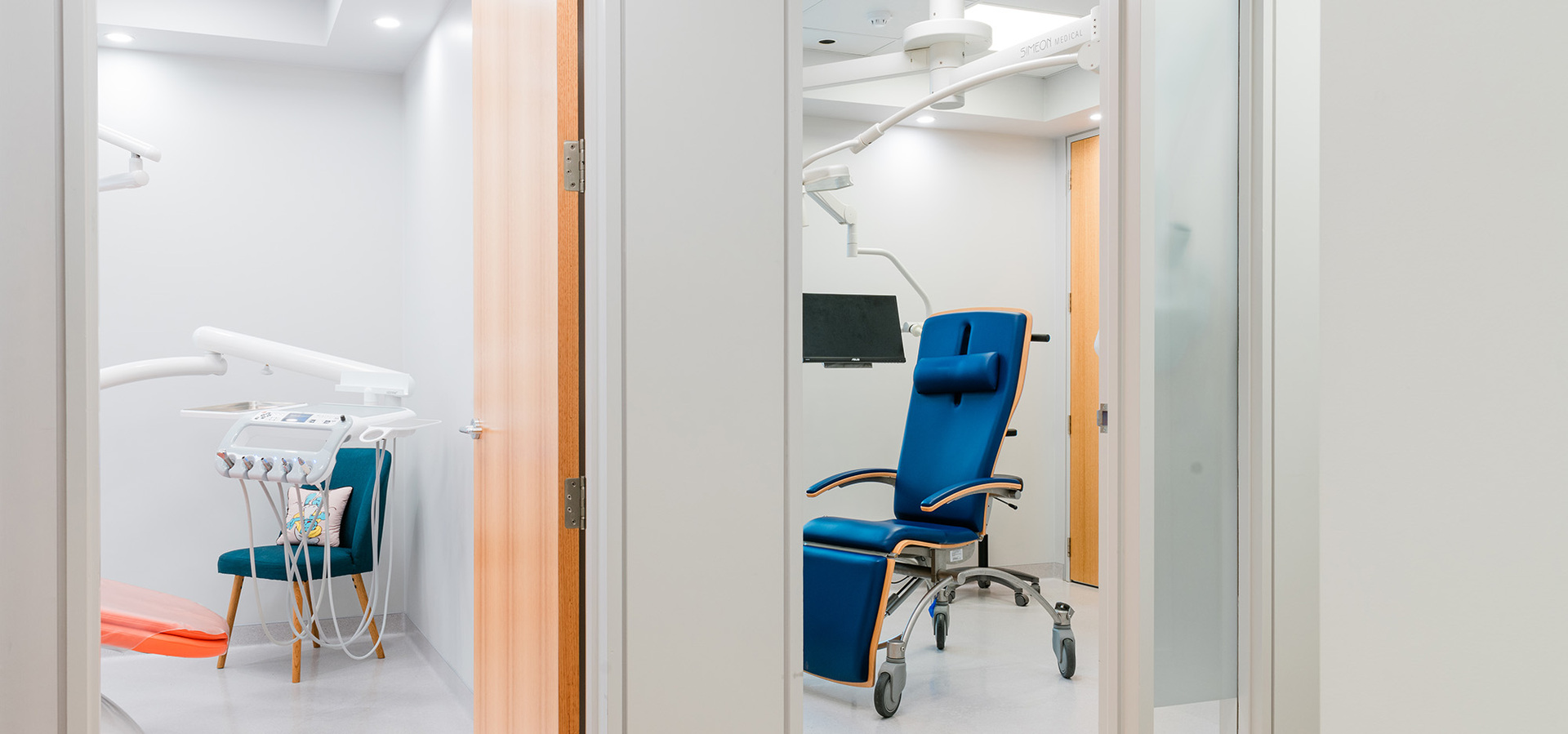Grafting is a surgical procedure used to rebuild bone and gum in areas where it has been lost due to injury or disease.
The most common scenario is when a tooth has been lost, either recently or years ago. The reasons we would want to repair the defect are varied, but the most common reason is for the placement of dental implants.
In order to repair and rebuild what is lost, we use a variety of different methods and material to augment the area.
Types of bone grafts
Xenograft
This material is synthetically made and utilises material from animal sources; namely bovine (cow) and porcine (pig). This has a long track record of success and biocompatibility and is supported by decades of long-term studies.
PROS: Easy to obtain without the need of harvesting another site, stability of augmented area
CONS: Cost of biomaterial
Allograft
This material is synthetically made and utilises material from human sources; “I know it sounds crazy!”, but this material has a very long track record of success, safety and biocompatibility, and equally supported by decades of studies.
PROS: Easy to obtain without the need of harvesting another site, stability of augmented area
CONS: Cost of biomaterial
Pure Synthetic
This material is synthetically made and contains no animal or human material. This material is made to be resorbed by your own body completely and be slowly replaced by your own bone over the course of 6-12 months.
PROS: Easy to obtain without the need of harvesting another site, material completely resorbs away
CONS: Cost of biomaterial and it is only useful in specific situations where smaller defects are being repaired.
Autogenous
This is material from you! This technique harvests bone from another part of your jaw and is then transferred & repositioned into the area where the defect is.
PROS: No foreign material. 100% natural bone.
CONS: The need to harvest from another site.
Titanium mesh
This is a custom-made, titanium scaffold that is used to repair a very large defect. This scaffold/mesh is designed digitally and is then fixed into place with titanium pins and/or screws. A combination of grafting material is then used to rebuild and repair the deficient bone.
PROS: Ability to repair much larger defects
CONS: Cost of titanium mesh & biomaterials. Long waiting time for the construction of the mesh
Gum Grafting
Often, when there is a defect in the jaw bone, the gum quality and quantity in this area is also poor. When carrying out dental implants in a site that has lost jaw bone, it is extremely important to also evaluate the gum quality. Gum grafts are used to either increase the quantity and/or improve the quality of the gum.

